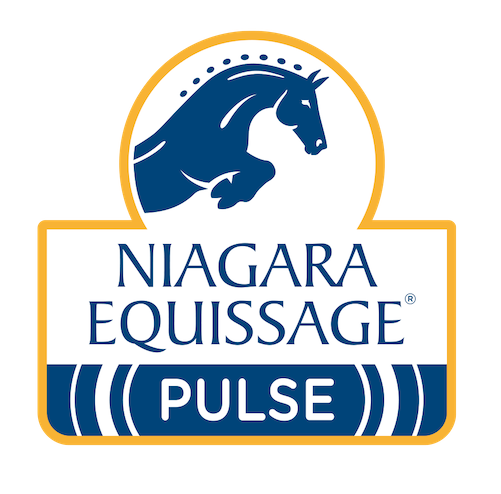Mud Fever
Mud fever is essentially a form of dermatitis which affects the skin on the heel, fetlock and pastern.
It can affect all horses, but particularly those with long hair around the fetlocks. In more severe cases it can lead to inflammation and infection and spread up the legs.
Mud Fever usually occurs during the wet winter months and is primarily caused by the bacterium Dermatophilus congolensis that also causes rain scald. The bacterium forms spores that are capable of surviving for many months, even years. If not effectively removed, the condition can recur at any time.
The hind legs are more prone to mud fever than the front legs and usually white socks and stockings tend to be worse affected.
The skin and underlying tissues become inflamed and leads to the skin swelling, stretching and weeping; the skin starts to crack, hair falls out and hard scabs form.
Generally, horses that are exposed to a muddy environment or which are kept in a dirty or unsatisfactory condition are liable to develop mud fever. Also horses with cracked heels are at high risk from mud fever.
Can Niagara Equissage help with Mud Fever?
Yes it can.
The bacterium responsible for mud fever cannot invade skin that is healthy hence it is more often seen in wet weather when the skin is more liable to become chapped thus allowing the bacteria to enter. Some horses are more susceptible than others because their skin is a less efficient barrier to the infection.
A horse with healthy skin and a healthy immune system can more readily “fight off” this infection. If the bacteria are able to penetrate deeper into the skin, then that is when swelling occurs and the classic signs of thickened skin are seen. Once a horse has suffered from mud fever it is then prone to further outbreaks.
For the affected horse, use of Niagara Equissage helps to reduce any associated swelling and by promoting healthy circulation of blood and lymph, waste materials are readily eliminated and nutrients to aid healing are brought in. Thus keeping the skin and coat in good condition.
Application
For mud fever, a daily session with the Back Pad on a medium setting will readily promote healing in the distal regions. If the infection is particularly severe i.e. has penetrated deeper or there are large numbers of scabs, then a twice-daily treatment can only do more good.
As it is often necessary to clip the legs in order to effect scab removal, the legs may well then be too sensitive to accept the Leg Boot or Hand Unit; however use of the Back Pad alone will still be effective.
Use Niagara Equissage as a regular part of the management routine to boost the immune system so that the horse is more readily prepared for fighting off infection.

Testimonials
See All- "We use the Niagara Equissage pad on the horses every day, they are all much more supple, it is a very important part of their daily healthcare routine."
- USDF Gold, Silver & Bronze Medalist
“I have been using the Niagara Equissage for over a year now and I notice a real difference in my horses. It really relaxes the muscles and gives them a sense of ease and well being. When used before work, their muscles are relaxed as if they have already had a good warm up. I also like to use it after a hard workout to let them loosen up and be able to relax and feel comfortable for the rest of the day.”
- Rimell Racing
Having used this product for a trial period of 2-3 months with several different horses, we have found horses on Brandes Formula hold their condition better. Consequently they take their racing better and are able to race more frequently with improved results. We have also established that horses on Brandes Formula are able to utilize their feed more effectively, and therefore need less.

